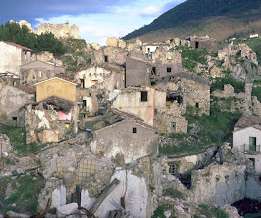The 1980 Southern Italian Earthquake After Forty Years
Emergency Planning
FEBRUARY 9, 2021
It is salutary to reflect that many of those scholars who have studied this disaster are too young to have experienced it. The year 1980 was something of a watershed in the field of disaster risk reduction (or disaster management as it was then known). The reconstruction was a long-drawn out process.










Let's personalize your content